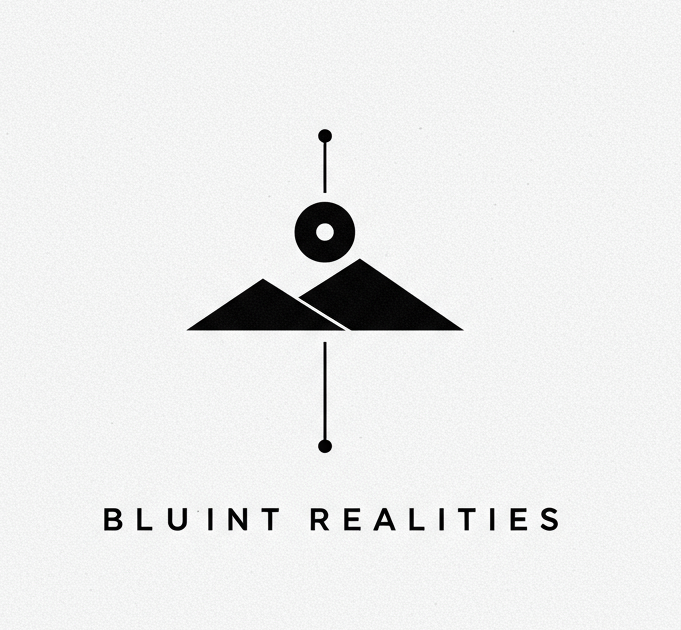The Iran-Israel Conflict: 5 Ugly Truths Buried Beneath the Headlines
By Admin
The escalating tension between Iran and Israel is often reported in bursts of headlines: missile exchanges, covert attacks, and fiery rhetoric. But beneath the breaking news lies a web of disturbing truths that rarely surface in mainstream media. As an investigative journalist, I’ve dug deeper—into military briefings, leaked diplomatic memos, and expert interviews. What I found is unsettling.
Here are five ugly truths about the Iran-Israel conflict that challenge the sanitized narrative often fed to the public.
1. It’s a Proxy War Disguised as a National Security Issue
While Israeli leaders publicly frame their actions as necessary for “self-defense,” and Iran cloaks its agenda under “resistance,” much of the actual fighting takes place outside their borders—in Syria, Lebanon, Iraq, and even Yemen. The real battlegrounds are cities and towns filled with civilians caught in the crossfire of a war they didn’t choose.
Hezbollah, Hamas, and Iranian-backed militias serve as Tehran’s extended arms. Meanwhile, Israel’s alleged targeted assassinations and airstrikes—often denied but well-documented—keep the fire smoldering.
The truth: Ordinary people are dying in a game of global chess.
2. Civilians Are Strategic Tools
Collateral damage is no accident—it’s a calculated risk. Civilian casualties, refugee displacement, and infrastructure destruction are all part of a cruel strategy on both sides. Iran’s support of militant groups embedded in civilian areas and Israel’s precision strikes in densely populated zones often make civilians the front line.
The ugly reality: Civilian suffering is not a side effect—it’s part of the plan.
3. The War Is as Much About Ego as Ideology
Publicly, the war is painted as a religious or ideological clash—Zionism vs. Islamic resistance. But internal intelligence reports and diplomatic cables reveal a more cynical layer: political survival. Hardline politicians on both sides exploit the conflict to distract from domestic scandals, economic crises, or waning popularity.
The hidden agenda: Leaders use bloodshed to boost approval ratings.
4. Western Powers Are Not Neutral Observers
The United States, Russia, and European countries all play hidden roles—arming factions, funding intelligence, and vetoing UN resolutions. Billions in weapons sales and geopolitical influence are at stake. Peace is bad for business.
The unspoken fact: This war fuels the global arms industry—and keeps superpowers in control.
5. Media Coverage Is Manipulated—By Both Sides
Both Tehran and Tel Aviv invest heavily in information warfare. From state-run news outlets to digital disinformation campaigns, the goal is clear: control the narrative. Western media often picks sides, cherry-picking facts to fit broader political interests.
Journalists are silenced, banned, or worse—killed.
The painful truth: What you read is filtered, spun, and often incomplete.
Conclusion: What Now?
Understanding these five ugly truths doesn’t offer easy answers. But it does arm us with what’s most dangerous to those in power—an informed public. Until the world confronts the uncomfortable realities behind the Iran-Israel conflict, true peace will remain out of reach.


